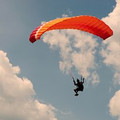的点评
Refreshing images of rushing water beneath overhanging trees – people and dogs in and out of the water – the day was hot
Cascate di Monte Gelato的点评
点评:Review of Cascate di Monte Gelato, Strada Comunale, Monte Gelato, 00060 Mazzano Romano, Rome.
Mid-August and the Festivities of Ferragosto were fast approaching - the peak time for Italian holidaymakers to explore new/favourite places. And, when the ambient temperature is hovering around 40 degC mid-afternoon where better than under the trees, close to/in the water and, seemingly, kilometres from everywhere. The description exemplifies the Monte Gelato Waterfalls and surrounding country.
The falls/country are part of the Valle del Treja Park an area of 700 ha with traces of habitation that date from pre-historic times. More recent times are represented by remnants of a 1st C. BCE Roman villa, traces of land clearance/farming from 8th C. CE through to the 19th C. water mill. Strategic sign boards provide information.
There was, however, a deal of difference between what the casual visitor may have expected and the crowded water playground that was the reality of the day - for both people and dogs. At times there were >40 people (anche i cani) in the water and around the pool in front of the main falls – just behind where the tower of the defunct mill stands. But we’ll get to that in a minute.
It took us about 40 minutes to drive from Trevignano (where we were staying on Lago Bracciano) to the public car park about 1 km from the point where the road crosses the Treja River. It was an easy run that takes you across the SS2 bis autostrada. At the waterfalls you can’t park on the road – you would be foolish to do so with what appeared to be a resident police car/team parked nearby.
The public car park nearby was enormous and, unusually, it was free-of-charge - things were looking good. Shade was at a premium and late comers had no choice but to park in the full glare of the sun. The second downside …. you have to walk a kilometre back to the point where you join the ‘trail’ (for want of another word – really, just a ‘short path’). Walking is seriously up, down and along one side of the road where you have just driven. Not so good for those with walking issues, on wheels and/or fading in the heat of the day. The road was not shaded. Leave the road at the signpost for the falls next to the small tower. Further in you come to the mill.
The mill was not accessible – it was closed – but the path skirted the building – upper tower and lower structure in which the mill was located. Outside the building leaning against a wall were mill stones. The mill dates from the mid-19th C. and remained active through to the early 1960s. To one side you can catch a glimpse of the locks that once regulated the flow of water.
There were signs everywhere telling you what you could (and could not) do. Sure, much of this is good manners/common sense/environmental care-in-practice/etc. (such as no fishing, no hunting, no lighting fires, no camping and, crucially, no bathing). It was clearly illogical, however, to prohibit bathing when the water looked so inviting and the entire ambience continues to be promoted as an example of ‘wild country’ at its best. There was no mistaking the signboards/messages, however - they said: ‘No Bathing.’
One sign board showed a map of the river and its tributaries – many of which were linked to habitation, industrial sites and other potential centres of contamination. The text explained the risks of bathing in what appeared to be a pristine environment. Clearly, people couldn’t read and/or chose to accept the risks involved.
There was a short footpath below the falls that crossed the river a few metres downstream – so it was easy to gain access to the bank on both sides of the river. This is where the majority of people had claimed somewhere in the shade to sit, eat their lunch/snacks and from where to plunge into the crystal clear and relatively fast-moving water. Below the falls the water was adult depth; people were jumping from rocks across the falls two metres or more into the water – clearly enjoying themselves; others clapped and shouted encouragement – people who clearly were part of the same group.
Disregard for the ban on bathing has resulted in stream banks above and below the falls that have been plundered for space – you could see where people had damaged plants/trees, where rubbish had not been collected and, presumably, where lack of public latrines will have had an impact. There were no facilities/benches/grasslands/space provided for people to sit and enjoy the falls and surrounding country.
Therein are the choices for the local authorities (and the people themselves) monitoring, policing, respecting and generally appreciating the environmental value of natural country of this kind. On a hot day in summer there is the refreshing experience of jumping into the water. What you don’t get is the: ‘quietness/peace, solitude, relaxation and natural wonderlands’ that are described in the promotional literature. When the falls/surroundings are required for filming – it says – they are typically closed off from Joe Public/il Senior Rossi for the period required. We saw a message to this effect.
Peter Steele
23 September 2024
Mid-August and the Festivities of Ferragosto were fast approaching - the peak time for Italian holidaymakers to explore new/favourite places. And, when the ambient temperature is hovering around 40 degC mid-afternoon where better than under the trees, close to/in the water and, seemingly, kilometres from everywhere. The description exemplifies the Monte Gelato Waterfalls and surrounding country.
The falls/country are part of the Valle del Treja Park an area of 700 ha with traces of habitation that date from pre-historic times. More recent times are represented by remnants of a 1st C. BCE Roman villa, traces of land clearance/farming from 8th C. CE through to the 19th C. water mill. Strategic sign boards provide information.
There was, however, a deal of difference between what the casual visitor may have expected and the crowded water playground that was the reality of the day - for both people and dogs. At times there were >40 people (anche i cani) in the water and around the pool in front of the main falls – just behind where the tower of the defunct mill stands. But we’ll get to that in a minute.
It took us about 40 minutes to drive from Trevignano (where we were staying on Lago Bracciano) to the public car park about 1 km from the point where the road crosses the Treja River. It was an easy run that takes you across the SS2 bis autostrada. At the waterfalls you can’t park on the road – you would be foolish to do so with what appeared to be a resident police car/team parked nearby.
The public car park nearby was enormous and, unusually, it was free-of-charge - things were looking good. Shade was at a premium and late comers had no choice but to park in the full glare of the sun. The second downside …. you have to walk a kilometre back to the point where you join the ‘trail’ (for want of another word – really, just a ‘short path’). Walking is seriously up, down and along one side of the road where you have just driven. Not so good for those with walking issues, on wheels and/or fading in the heat of the day. The road was not shaded. Leave the road at the signpost for the falls next to the small tower. Further in you come to the mill.
The mill was not accessible – it was closed – but the path skirted the building – upper tower and lower structure in which the mill was located. Outside the building leaning against a wall were mill stones. The mill dates from the mid-19th C. and remained active through to the early 1960s. To one side you can catch a glimpse of the locks that once regulated the flow of water.
There were signs everywhere telling you what you could (and could not) do. Sure, much of this is good manners/common sense/environmental care-in-practice/etc. (such as no fishing, no hunting, no lighting fires, no camping and, crucially, no bathing). It was clearly illogical, however, to prohibit bathing when the water looked so inviting and the entire ambience continues to be promoted as an example of ‘wild country’ at its best. There was no mistaking the signboards/messages, however - they said: ‘No Bathing.’
One sign board showed a map of the river and its tributaries – many of which were linked to habitation, industrial sites and other potential centres of contamination. The text explained the risks of bathing in what appeared to be a pristine environment. Clearly, people couldn’t read and/or chose to accept the risks involved.
There was a short footpath below the falls that crossed the river a few metres downstream – so it was easy to gain access to the bank on both sides of the river. This is where the majority of people had claimed somewhere in the shade to sit, eat their lunch/snacks and from where to plunge into the crystal clear and relatively fast-moving water. Below the falls the water was adult depth; people were jumping from rocks across the falls two metres or more into the water – clearly enjoying themselves; others clapped and shouted encouragement – people who clearly were part of the same group.
Disregard for the ban on bathing has resulted in stream banks above and below the falls that have been plundered for space – you could see where people had damaged plants/trees, where rubbish had not been collected and, presumably, where lack of public latrines will have had an impact. There were no facilities/benches/grasslands/space provided for people to sit and enjoy the falls and surrounding country.
Therein are the choices for the local authorities (and the people themselves) monitoring, policing, respecting and generally appreciating the environmental value of natural country of this kind. On a hot day in summer there is the refreshing experience of jumping into the water. What you don’t get is the: ‘quietness/peace, solitude, relaxation and natural wonderlands’ that are described in the promotional literature. When the falls/surroundings are required for filming – it says – they are typically closed off from Joe Public/il Senior Rossi for the period required. We saw a message to this effect.
Peter Steele
23 September 2024
翻译:Cascate di Monte Gelato 点评,Strada Comunale,Monte Gelato,00060 Mazzano Romano,罗马。
八月中旬,Ferragosto 节即将到来 - 这是意大利度假者探索新地方/最爱地方的高峰期。当环境温度在下午 40 摄氏度左右徘徊时,没有比在树下、靠近水边/在水中以及似乎距离任何地方都有几公里的地方更好的了。描述以 Monte Gelato 瀑布和周边乡村为例。
瀑布/乡村是 Valle del Treja 公园的一部分,占地 700 公顷,有史前时期的居住痕迹。更近的时代由公元前 1 世纪罗马别墅的遗迹、从公元 8 世纪到 19 世纪水磨坊的土地清理/耕作痕迹代表。战略标志牌提供信息。
然而,普通游客可能期望的和当天现实中的拥挤的水上游乐场有很大不同——无论是人还是狗。有时,在主瀑布前的水中和水池周围会有 40 多人(anche i cani)——就在废弃磨坊的塔楼后面。但我们马上就会讲到。
我们从 Trevignano(我们在 Lago Bracciano 住的地方)开车到公共停车场大约 40 分钟,该停车场距离道路穿过 Treja 河的地方约 1 公里。这是一条轻松的路,带您穿过 SS2 bis autostrada。在瀑布处,您不能在路上停车——如果附近停着一辆看起来像是当地警车/警队的车,那么这样做是愚蠢的。
附近的公共停车场很大,而且不同寻常的是,它是免费的——情况看起来不错。阴凉处非常少,迟到的人别无选择,只能在烈日下停车。第二个缺点是……你必须走一公里才能回到加入“小径”的地方(因为没有其他词——实际上,只是一条“短路”)。步行时,你只能沿着刚刚开车经过的道路的一侧上下走。对于那些行走困难、使用轮子和/或在白天的高温下疲惫不堪的人来说,这不是什么好事。这条路没有树荫。在小塔旁边的瀑布路标处离开这条路。再往前走,你就到了磨坊。
磨坊无法进入——它已经关闭——但这条小路绕过了建筑物——磨坊所在的上塔和下层结构。建筑物外面靠在墙上的是磨石。磨坊建于 19 世纪中期,一直活跃到 20 世纪 60 年代初。在一侧,你可以看到曾经调节水流的水闸。
到处都有标志告诉你可以做什么(和不可以做什么)。当然,其中很多都是礼貌/常识/环境保护实践等(例如禁止钓鱼、禁止打猎、禁止生火、禁止露营,以及至关重要的是禁止洗澡)。然而,当水看起来如此诱人,整个氛围继续被宣传为“荒野”的最佳典范时,禁止洗澡显然是不合逻辑的。然而,标志牌/信息是不会弄错的——它们写着:“禁止洗澡”。
一块标志牌上展示了河流及其支流的地图——其中许多与居住地、工业场所和其他潜在的污染中心有关。文字解释了在看似原始的环境中洗澡的风险。显然,人们无法阅读和/或选择接受所涉及的风险。
瀑布下方有一条短短的人行道,在下游几米处横跨河流——因此很容易到达河两岸的河岸。大多数人都在这里找了个阴凉的地方坐下来吃午餐/零食,然后跳进清澈且流速相对较快的河水中。瀑布下方的水深与成人一样深;人们从瀑布对面的岩石上跳入水中两米或更深——显然很享受;其他人鼓掌并大喊鼓励——这些人显然是同一群人。
无视禁止洗澡的规定导致瀑布上方和下方的河岸被掠夺空间——你可以看到人们破坏植物/树木的地方,垃圾没有被收集的地方,以及缺乏公共厕所可能产生影响的地方。没有提供任何设施/长椅/草地/空间供人们坐下来欣赏瀑布和周围的乡村。
当地政府(以及当地人民)可以选择监督、监管、尊重并普遍欣赏此类自然国家的环境价值。在炎热的夏天,跳入水中是一种令人神清气爽的体验。但你无法体验到宣传资料中所描述的“安静/和平、孤独、放松和自然仙境”。据称,当需要拍摄瀑布/周围环境时,通常会在需要的时间内禁止公众进入。我们看到了这样的消息。
彼得·斯蒂尔
2024 年 9 月 23 日
八月中旬,Ferragosto 节即将到来 - 这是意大利度假者探索新地方/最爱地方的高峰期。当环境温度在下午 40 摄氏度左右徘徊时,没有比在树下、靠近水边/在水中以及似乎距离任何地方都有几公里的地方更好的了。描述以 Monte Gelato 瀑布和周边乡村为例。
瀑布/乡村是 Valle del Treja 公园的一部分,占地 700 公顷,有史前时期的居住痕迹。更近的时代由公元前 1 世纪罗马别墅的遗迹、从公元 8 世纪到 19 世纪水磨坊的土地清理/耕作痕迹代表。战略标志牌提供信息。
然而,普通游客可能期望的和当天现实中的拥挤的水上游乐场有很大不同——无论是人还是狗。有时,在主瀑布前的水中和水池周围会有 40 多人(anche i cani)——就在废弃磨坊的塔楼后面。但我们马上就会讲到。
我们从 Trevignano(我们在 Lago Bracciano 住的地方)开车到公共停车场大约 40 分钟,该停车场距离道路穿过 Treja 河的地方约 1 公里。这是一条轻松的路,带您穿过 SS2 bis autostrada。在瀑布处,您不能在路上停车——如果附近停着一辆看起来像是当地警车/警队的车,那么这样做是愚蠢的。
附近的公共停车场很大,而且不同寻常的是,它是免费的——情况看起来不错。阴凉处非常少,迟到的人别无选择,只能在烈日下停车。第二个缺点是……你必须走一公里才能回到加入“小径”的地方(因为没有其他词——实际上,只是一条“短路”)。步行时,你只能沿着刚刚开车经过的道路的一侧上下走。对于那些行走困难、使用轮子和/或在白天的高温下疲惫不堪的人来说,这不是什么好事。这条路没有树荫。在小塔旁边的瀑布路标处离开这条路。再往前走,你就到了磨坊。
磨坊无法进入——它已经关闭——但这条小路绕过了建筑物——磨坊所在的上塔和下层结构。建筑物外面靠在墙上的是磨石。磨坊建于 19 世纪中期,一直活跃到 20 世纪 60 年代初。在一侧,你可以看到曾经调节水流的水闸。
到处都有标志告诉你可以做什么(和不可以做什么)。当然,其中很多都是礼貌/常识/环境保护实践等(例如禁止钓鱼、禁止打猎、禁止生火、禁止露营,以及至关重要的是禁止洗澡)。然而,当水看起来如此诱人,整个氛围继续被宣传为“荒野”的最佳典范时,禁止洗澡显然是不合逻辑的。然而,标志牌/信息是不会弄错的——它们写着:“禁止洗澡”。
一块标志牌上展示了河流及其支流的地图——其中许多与居住地、工业场所和其他潜在的污染中心有关。文字解释了在看似原始的环境中洗澡的风险。显然,人们无法阅读和/或选择接受所涉及的风险。
瀑布下方有一条短短的人行道,在下游几米处横跨河流——因此很容易到达河两岸的河岸。大多数人都在这里找了个阴凉的地方坐下来吃午餐/零食,然后跳进清澈且流速相对较快的河水中。瀑布下方的水深与成人一样深;人们从瀑布对面的岩石上跳入水中两米或更深——显然很享受;其他人鼓掌并大喊鼓励——这些人显然是同一群人。
无视禁止洗澡的规定导致瀑布上方和下方的河岸被掠夺空间——你可以看到人们破坏植物/树木的地方,垃圾没有被收集的地方,以及缺乏公共厕所可能产生影响的地方。没有提供任何设施/长椅/草地/空间供人们坐下来欣赏瀑布和周围的乡村。
当地政府(以及当地人民)可以选择监督、监管、尊重并普遍欣赏此类自然国家的环境价值。在炎热的夏天,跳入水中是一种令人神清气爽的体验。但你无法体验到宣传资料中所描述的“安静/和平、孤独、放松和自然仙境”。据称,当需要拍摄瀑布/周围环境时,通常会在需要的时间内禁止公众进入。我们看到了这样的消息。
彼得·斯蒂尔
2024 年 9 月 23 日
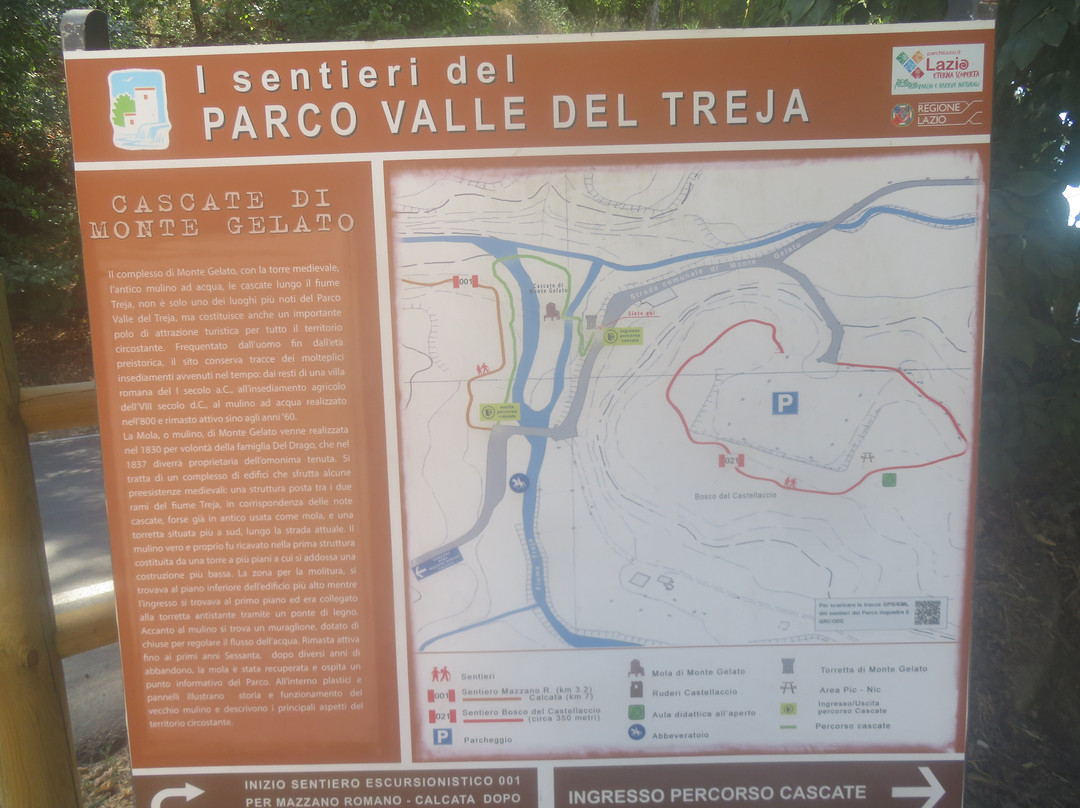
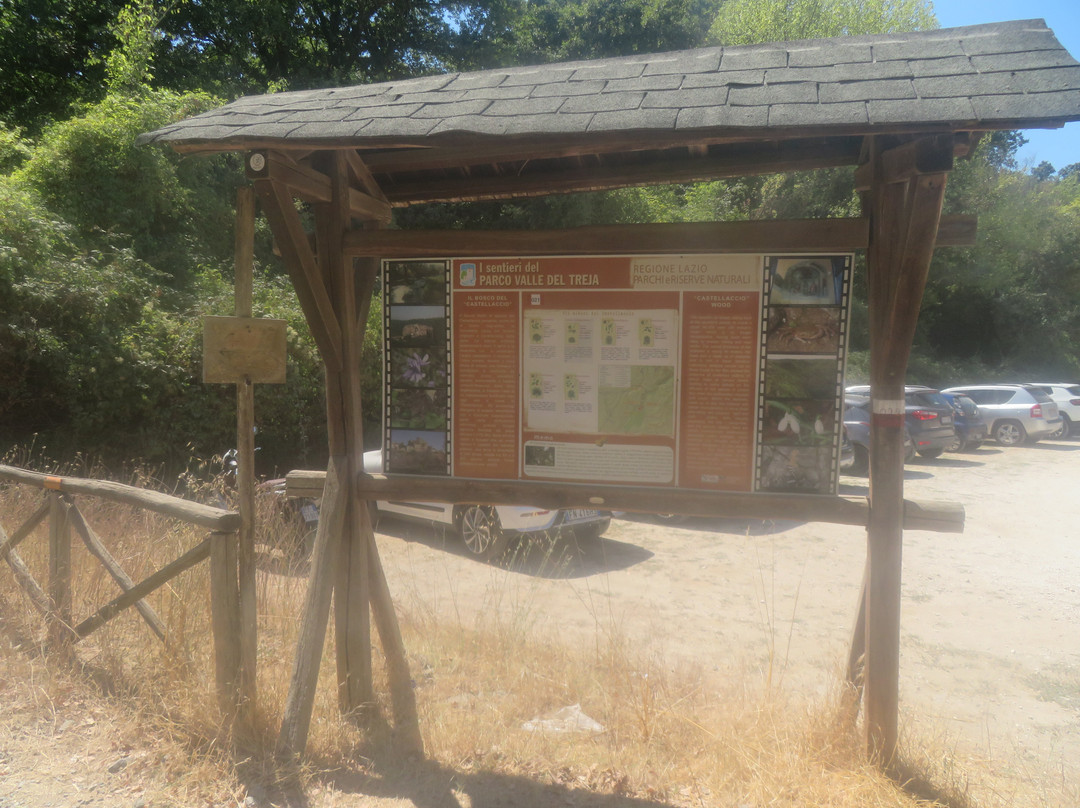
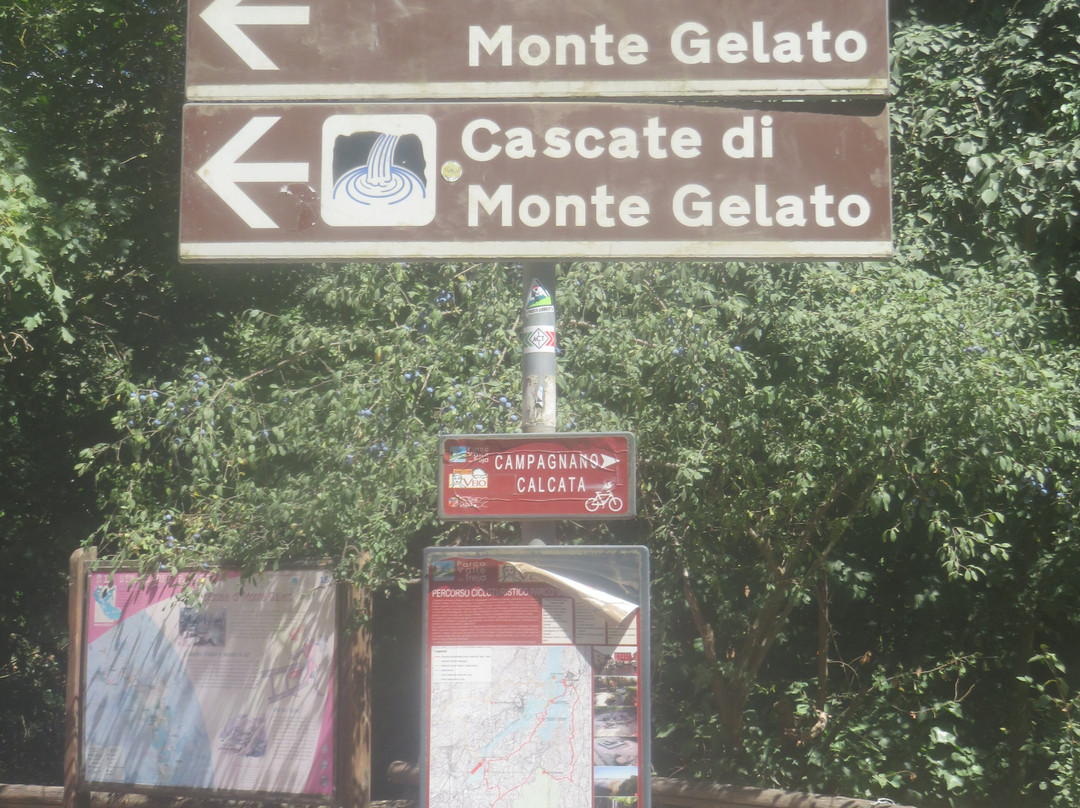

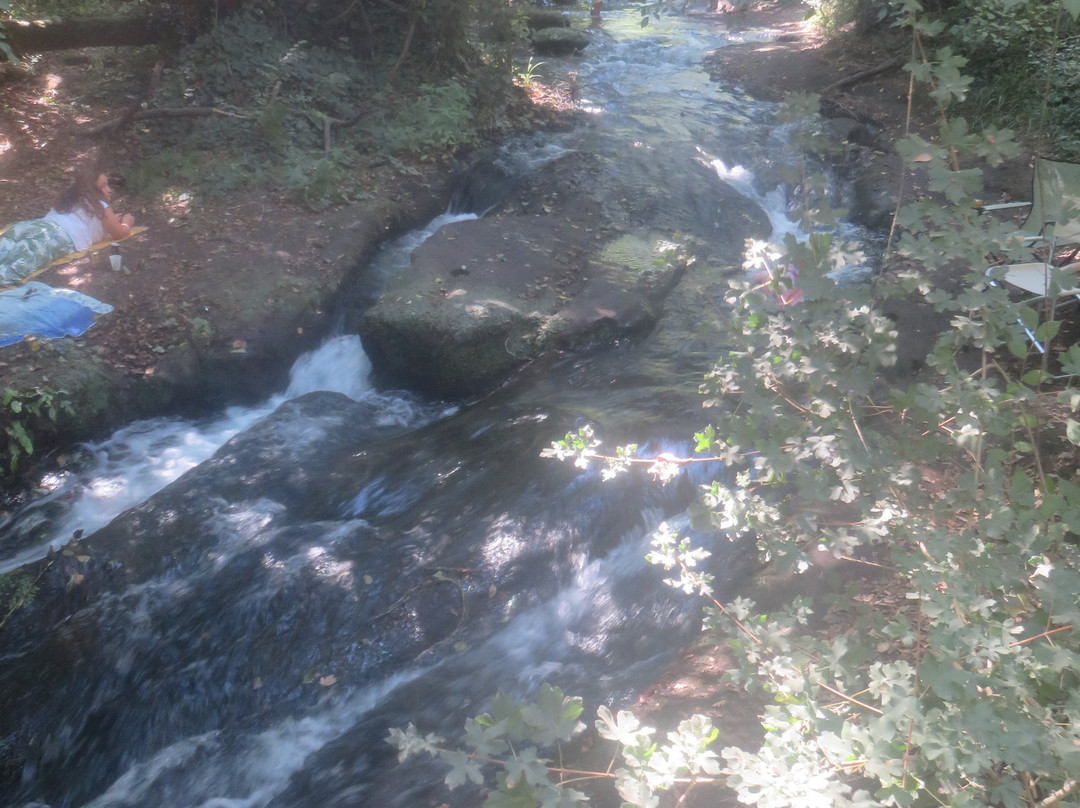
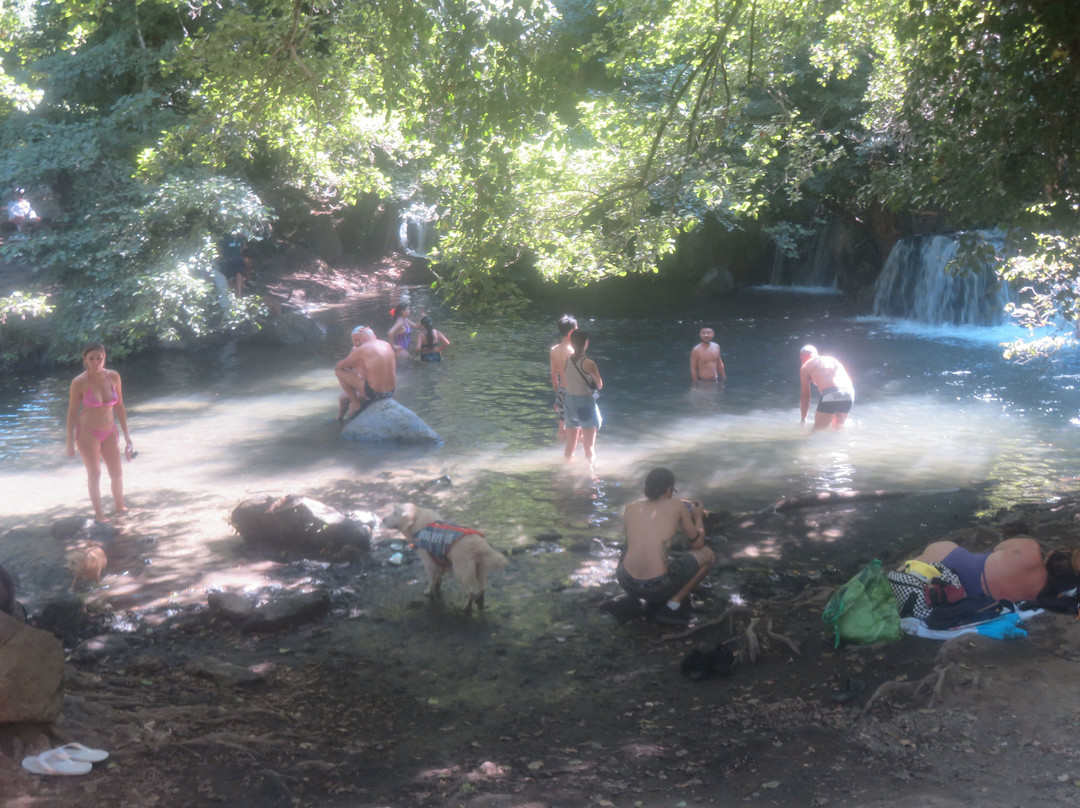
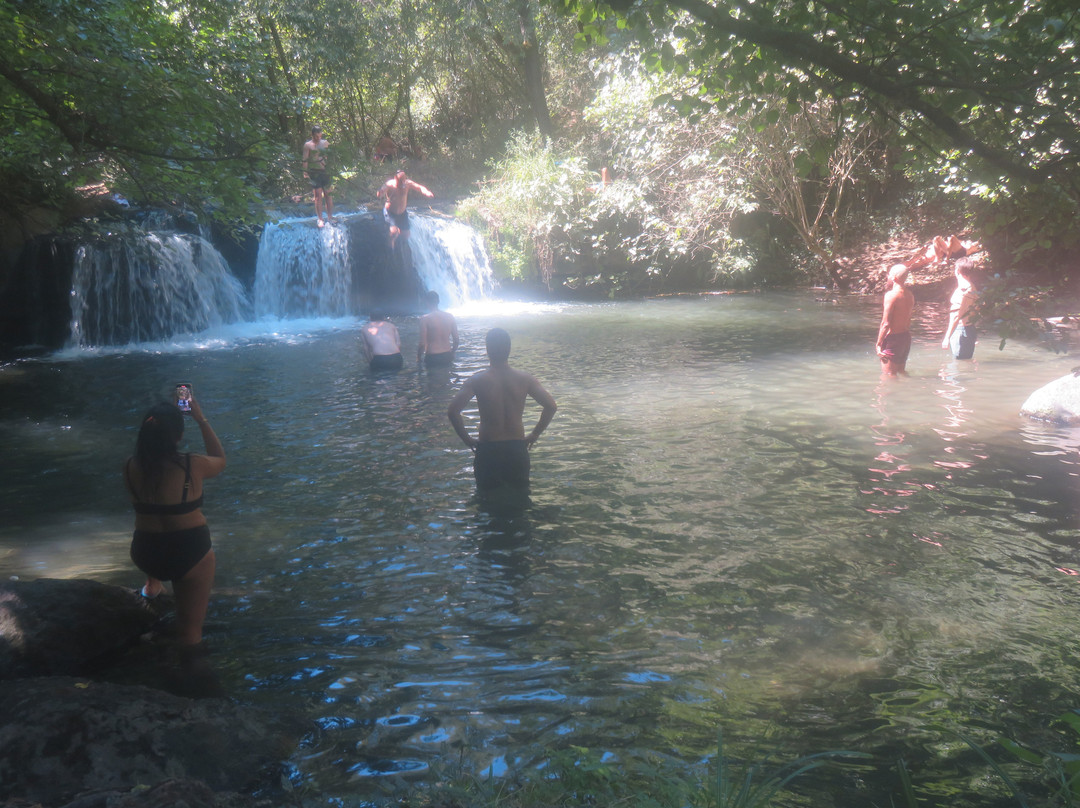
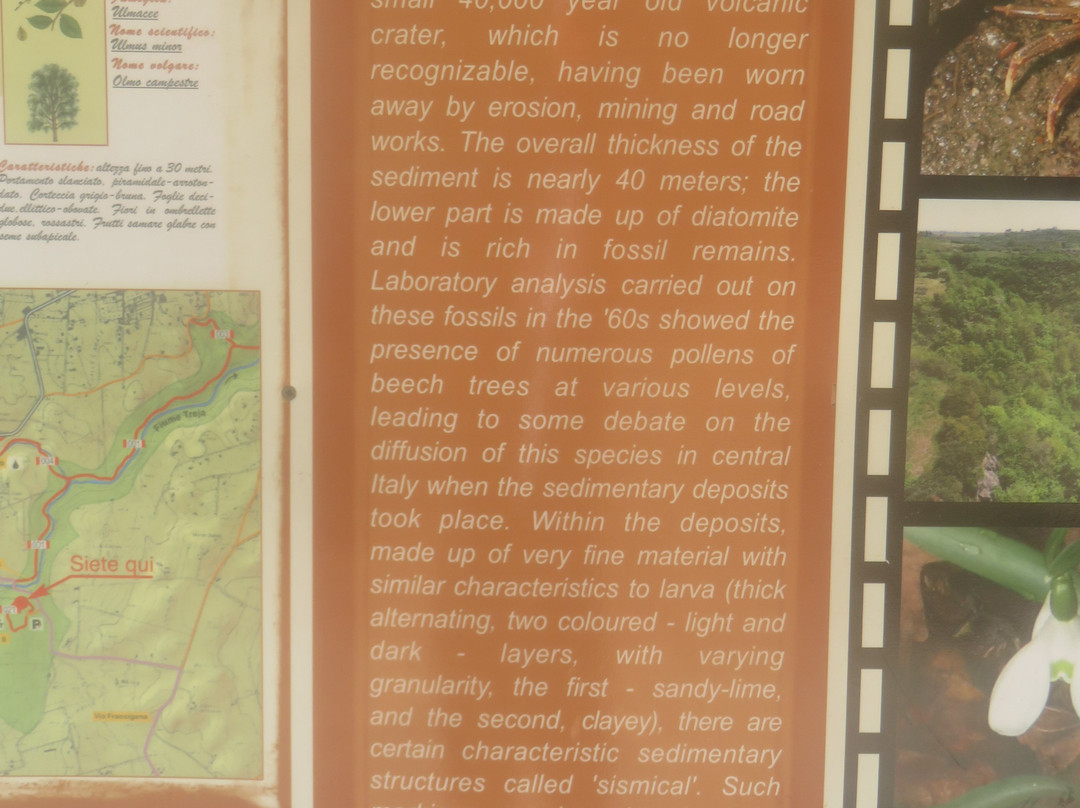
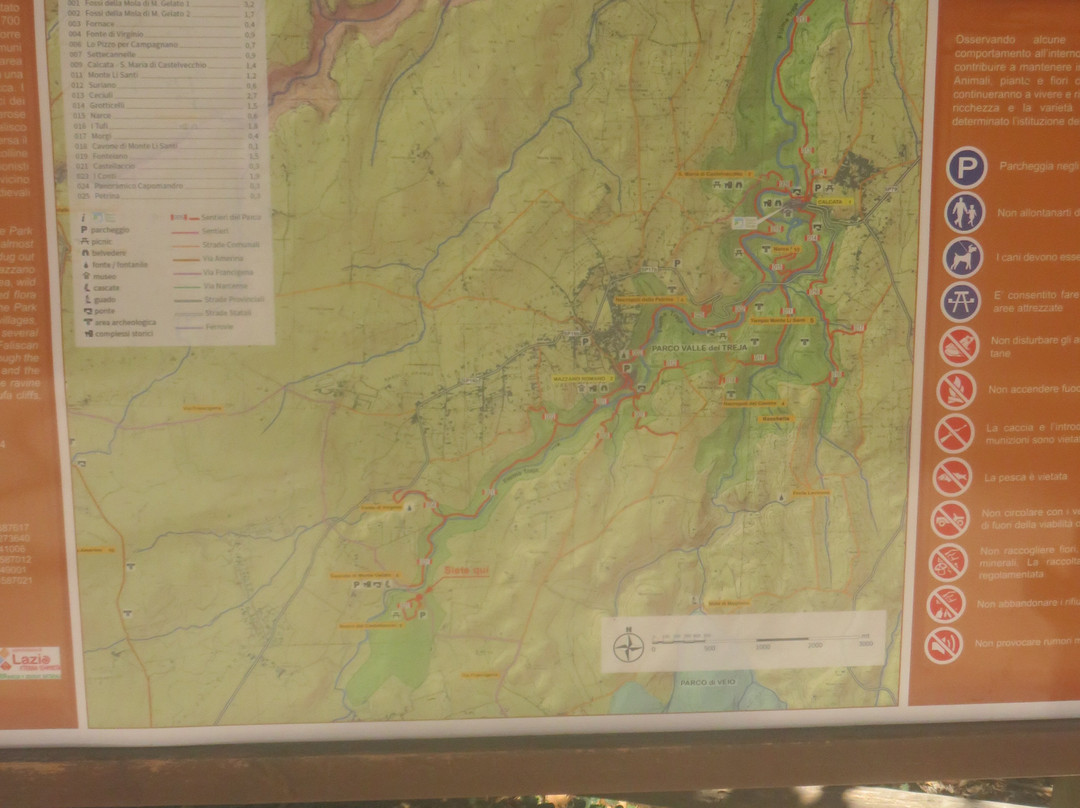
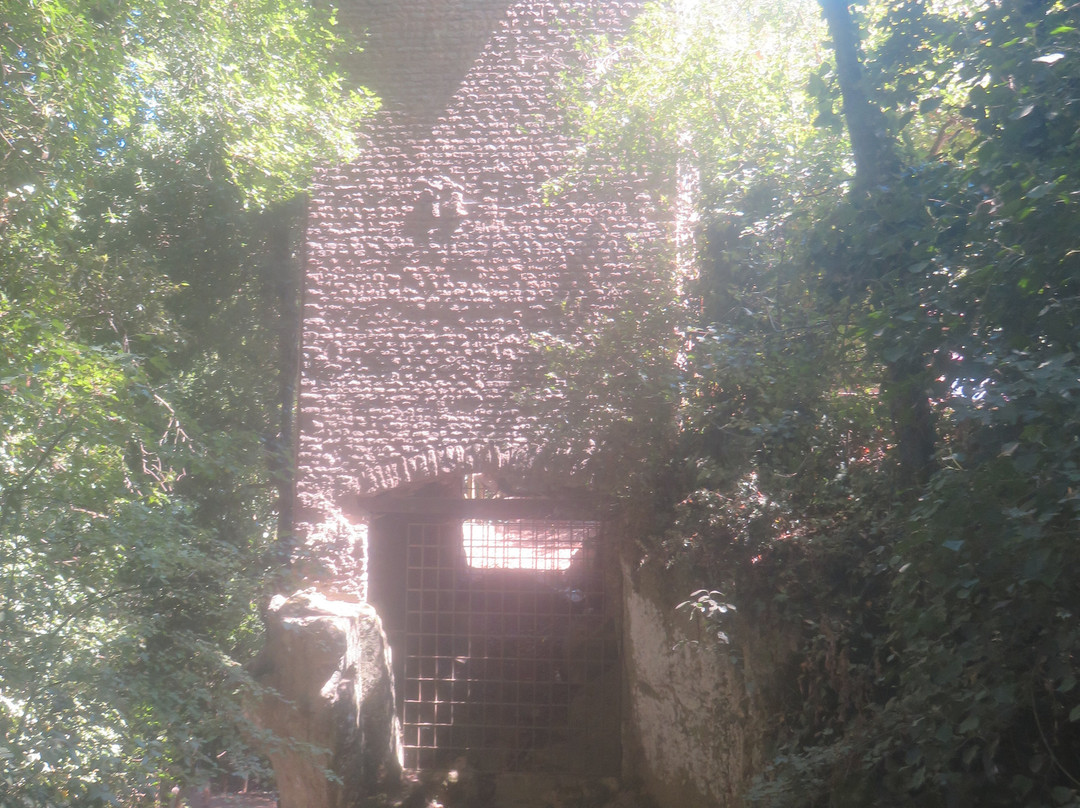
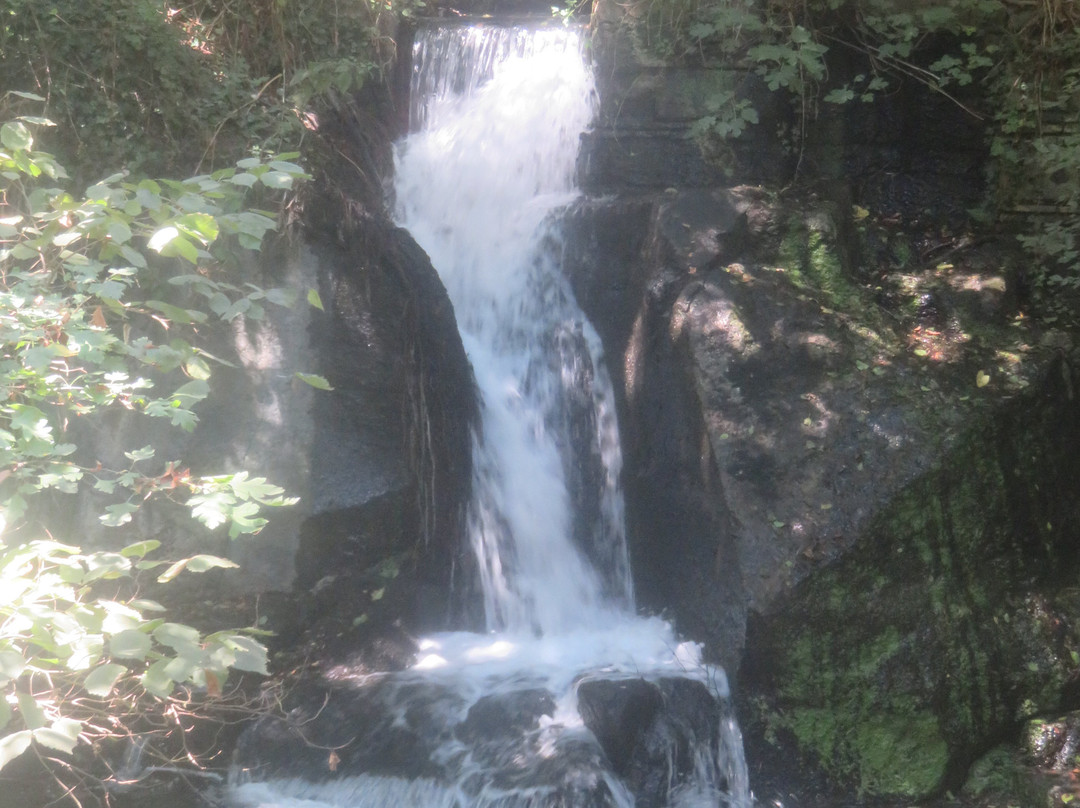
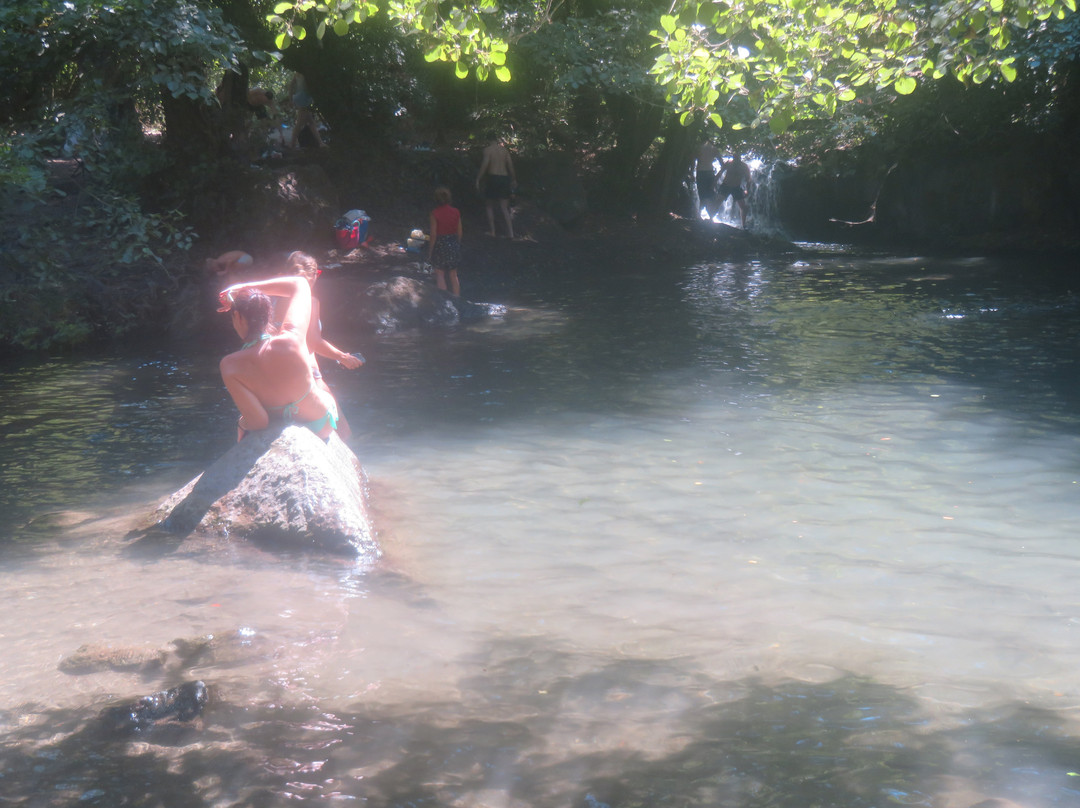
此点评仅代表旅行者个人的主观意见,并不代表TripAdvisor以及其合作方的意见。
关于我们
|
新闻动态
|
商务合作
|
会员中心
|
业主中心
|
业主通
|
常见问题
|
意见反馈
|
联系我们
|
营业执照
© 2025 Tripadvisor 版权所有。
使用条款 |隐私政策 |网站工作原理
部分照片由 VFM Leonardo 提供。
* Tripadvisor不是旅行社,也不是旅游预订服务代理商。我们提供免费、客观、公正的旅游资讯服务。 (显示更多)
TripAdvisor LLC 既不是预订代理商,也不是旅游运营商,不会向网站用户收取任何服务费。 按照规定,在 Tripadvisor 发布机票价格、游览和旅行套餐的合作伙伴(航空公司、旅行提供商及预订代理商),其标价须包含所有费用和附加费用。 例如, 机场出入境税费、消费税与其他服务费、手续费、杂费及附加费用。 当您向我们的某个合作伙伴进行预订时,请务必查阅他们的网站以了解当地行政部门要求的所有适用费用的具体情况。 除非另有说明,机票价格通常指的是一个人的价格(以人民币计)。
为方便起见,TripAdvisor LLC 根据从我们的预订合作伙伴获取的空房率计算每个酒店的均价。 对于游览和景点来说,所显示价格通常是每位成人的最低可用价格。 对于列出的任何旅行套餐或优惠,TripAdvisor LLC 无法保证任何特定的费率或价格。 此外,酒店均价每晚会更新,并以您的首选币种表示(使用现行汇率)。 由于这些已换算的价格是预估价格,因此,有关具体金额和币种请与预订网站进行核实。
此外,TripAdvisor LLC 无法保证我们网站上宣传的价格随时有效。 标价可能需要预订一定天数才能生效,或有不可用日期、使用条件或限制。
TripAdvisor公司对外部网站的内容一概不负责。优惠价格中不含税和其他费用。
ICP证:沪B2-20200433
沪ICP备20013175号
 沪公网安备31010502005427号
沪公网安备31010502005427号鹰程信息技术(上海)有限公司
货币/国家及地区
¥CNY
中国
